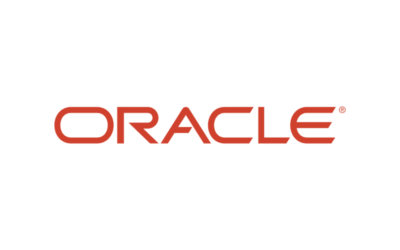Post Healthcare Strike – What’s Next for Robots in Hospitals? We just witnessed the largest healthcare strike in US history which involved 75,000 workers. Fortunately, it was short – only 72 hours – and limited to one healthcare organization (albeit a very large one). The strike included a wide range of employees including dietary workers, laboratory technicians, pharmacy staff, and housekeeping staff. One of their chief complaints was related to “unsafe” staffing levels.
This is not an isolated issue, of course. It is a nationwide challenge to find and retain skilled and entry level staff who can perform the work needed in a hospital environment. Burnout is real and the effects of overworking to get the day’s work done is one of the long-term consequences of the pandemic. It is not a new phenomenon, however. In early 2022, ECRI concluded staffing shortages were the top patient safety concern in hospitals.
Aethon is familiar with the labor shortage. Pharmacy, laboratory, dietary and housekeeping departments that come to us for solutions tell us how difficult it is to keep up since they are understaffed due to labor availability. A common thread among these departments is that their operations are all performed centrally and require transportation to and from those central points of operation. Medication needs to be delivered from the pharmacy to the nursing unit. Specimens need to be brought back to the central lab. Food is delivered from the kitchen and both clean and soiled linens go back and forth. These activities represent a very high transportation burden on those departments, and it greatly affects the staff’s productivity, satisfaction and well-being. Staff can handle this transportation differently, adding value to patient care and comfort while reducing exhaustion and burnout.
Autonomous Mobile Robots in Hospitals
We know what transportation requires because our autonomous mobile robots perform this function in hospitals daily. We can also measure how many deliveries they make in lieu of a person and how much distance our mobile hospital robots cover when performing these same transportation tasks. For example, in September preceding the strike, each of our mobile robots in hospitals performed an average of 564 deliveries and covered over 48 miles. In addition, the top 10% of our customers pushed their robots to achieve nearly 3x this utilization. If you want to see what’s truly possible, just look at our 2023 RoboHero winners who are at the top of their class. But even with this variety of utilization it’s clear any hospital can offset a significant amount of transportation labor through automation and the productivity and worker satisfaction gains are undeniable.
And here we are at the cross-roads. The interesting part is that our robots simultaneously deliver what both the employees and healthcare organizations want. This is a rare case where everyone wins. On one hand, autonomous mobile robots in hospitals help leadership address some of their labor shortages without the constant cycle of hiring and they deliver sustainable cost and productivity improvement. On the other hand, employees get the help they desire to focus on the most important parts of their job and no longer come home exhausted from running around the hospital all day – sometimes after handling backbreakingly heavy carts.
We are well beyond seeing mobile robots in hospitals as a threat to jobs and we need to consider sustainable solutions to deliver services. Delivering these services for the patient with quality and humanity is at the heart of the strike and we couldn’t agree more.




